Variety is an essential factor in reading engagement
- schoolbookwizard
- Apr 13
- 12 min read
Updated: Oct 8

Claire Mabey, my book reviewing colleague on Radio New Zealand's 'Afternoons with Jesse', recently published an article in The Spinoff, discussing the steady decline of reading as a habit among today's teenagers and the impact of the internet on the reading habits of, in particular, the boys and young men of Aotearoa.
('Out of the Internet and into the page: books for teenage boys' 28 March 2025
To read Claire's article click here)
Claire's article was influenced by the Netflix series 'Adolescence' about a 13 year old British boy accused of stabbing a classmate to death over what he perceived as an insult in the complicated world of teenage internet culture. It's not based on a single event, but a series of escalations of teenage knife crime in the UK against young women. Jack Thorne, one of the writers of the series, wanted to explore this increasing trend and the toxic internet environment that is feeding it. Thorne made clear he didn't see any difference between the main character Jamie and himself when he was the same age, except that while he stayed up reading books late into the night, his protagonist, Jamie, was obsessively engrossed in the internet.
New Zealand secondary school librarian Alan Dingly has been the Te Awhi Rito Reading Ambassador for Aotearoa for the last two years, championing reading to kids in schools all over New Zealand. In Claire's article Alan's says that the previous generation of children 'used books to create the world around [them], and ... learned empathy and connection within those pages.' He goes on to point out '...teenagers today don't get to make up their own minds, to form their own judgements' - today the internet tells them what to think, how they should feel and how to react. As a society we are beginning to see the impact of the first generation of children who have grown up with unlimited access to the internet and whose literacy rates are in free-fall!
It has been obvious for a while, that we need to counteract the influence of the internet and try to get our young people reading again and, as has always been the case, it is our young men who are reading less and whose literacy skills have seen the biggest drops.
Claire's article offers a comprehensive list of YA book recommendations that might appeal to boys, however I did want to add a caveat to this: in school libraries we are always careful not to stereotype - plenty of boys want to read fantasy romance and girls love reading adventure stories. But Claire also talks about the crucial factors needed to establish a habit of regularly reading for pleasure, that we, as the adults in our teenagers' internet dominated lives, need to be aware of. It was rewarding to see Claire include school libraries and librarians as one those factors, and I will expand on that in a later post.
Another factor was variety, making sure our young readers have a choice. Certain texts just have to be read as part of their school work, but if we want to encourage our young people to occasionally choose reading over screens for relaxation and enjoyment, that will only happen if they can find something they connect with. So, for my reviews this week I thought I would create a supplement to the list of largely fiction suggestions that was included in Claire’s article, and I have compiled examples of different styles and formats of print reading for tweens and for YA readers.
With the school holidays upon us, this is the perfect opportunity to pop down to your local library as a family and show your reluctant teen all the variety that is out there.
Click here to listen to my segment (Tuesday 15 April 2025) on providing reluctant readers with variety and choice on 'Afternoons with Jesse' on Radio New Zealand.
For Ages: 9-12 years ('Tween')
‘Popular Non-fiction’

This is just how we categorise this format of book in our library, however other libraries do it, they will be found in the non-fiction section. They are usually large format, hardback books, the content of which is largely annotated pictures and don't follow a structured narrative pattern.
Think ‘The Guinness Book of World Records’.
There are things like the Fortnite, Minecraft, Roblox Annuals and while I know some parents might flinch at the idea of their kids reading about gaming, at least they are reading about it and not staring at a screen playing it.
Bill Bryson has adapted his non-fiction chapter books into this format.
Here's a great school holiday challenge for families - adults read the original format while tweens read the popular non-fiction format and see who can remember the most facts about each section?
Even Albert Einstein’s Theory of Relativity and Charles Darwin’s ‘On the Origin of Species’ have received the 'popular non-fiction' treatment for this age group to be able to easily understand and visualise.
The '100' series by well known children's publisher 'DK', caters to all historical interests
And yes, I admit the 'Popular Non-fiction' format plays into the short attention span and multi-tasking that phones, messaging apps and social media have trained into our kids. The information is provided with visual cues, largely it doesn’t have to be read in any order and they can pick and choose what they want to read. These books may be pandering to these habits, but it is still strengthening reading skills and often exposes students to a varied vocabulary.
My recommendation:

Mythologica: an Encyclopaedia of gods, monsters and mortals from ancient Greece
By Dr Stephen Kershaw
Published in 2019
The enduring interest in the myths and stories from Ancient Greece down thousands of years and the numerous retellings and adaptations of these stories from the Ancient Romans to Rick Riordan and Stephen Fry, proves that Homer could really spin a yarn.
This book is not a narrative – it is a cataloguing of those familiar characters, readers can pick and choose who they want to read about depending on whether their interest lies in heroes, monsters or gods. But it doesn’t shy away from using more complex and subject specific words while still making the stories accessible. The most striking thing about this book is it is a work of art. The pictures are beautiful.
Graphic Novels
Graphic Novels are often looked down on, and I have heard plenty of teachers telling the students during library classes ‘remember, no graphic novels, proper books only’. But a graphic novel is reading, it is still time away from a screen and to be honest, they are perfect for struggling readers because the visual cues from the pictures help them interpret what they are reading and make those connections with unfamiliar vocabulary until their reading skills develop.
Of course there are the ones we all tend to think of when we think of graphic novels, the superhero stuff - Iron Man, Batman, Miles Morales, Superman, Teen Titans, Wonder Women as well as Asterix (still hugely popular in our library!), Tintin and Lucky Luke.
There are now some amazing graphic adaptions of well-known tween aimed novels: Percy Jackson, Alex Rider, Keeper of the Lost Cities, Famous Five, Cherub series, Artemis Fowl – these are a great starter for kids who might go on to read the chapter books having already been introduced to the story.
There is also a huge selection of graphic novels dealing with the drama and difficulties of just being a modern tween - friend drama, school stress, health issues, bullying - they deal with it all and are very popular with kids today because they are relatable. Unfortunately they are largely American based at this stage.
There is also a lovely selection of firmly tween aimed, wholesome fantasy graphic series that will be popular with struggling readers who have been unable to keep up with the immensely popular YA fantasy series currently doing the rounds.
There are also plenty of non-fiction options too;
My recommendation:

Muhammad Najem – War Reporter
Written by Muhammad Najem and Nora Neus (Illustrations by Julie Robine)
Published in 2022
This is written by a young Syrian man based on the true experiences of his life during the civil war. It is well aimed at this age range as it follows him from the age of 8 to 16 when he and his family finally manage to escape, so it is relatable and explains the politics of the region in a very accessible way, while introducing some varied and topic specific vocabulary.
Non-Fiction
Never underestimate the draw of non-fiction for young readers! Some kids just don’t connect with fiction, some just have a particular interest (or obsession!) with a certain subject (sport, exploring or history), while others like the photos and pictures that are often part of non-fiction books. Non-fiction is a very popular genre in our library and it is the easiest go-to for us as librarians with our reluctant and lower-level readers.
Of course there is the perennial favourite, always popular with girls and boys of all ages, Horrible Histories. You've watched the TV show? The books are better!! I am not ashamed to admit I still read them myself, who wouldn't want to read The Truly Terrible History of the Toilet?


Kids (and adults!) will love the 'The Rest is History' books based on the podcast of the same name. There have been plenty of times I have needed the answer to 'who were history's top 10 monkeys' or 'what made Alfred the Great 'great' and 'what was history's most disastrous party?'
Dominic Sandbrook (yes, he of the aforementioned podcast) has also written 'The Adventures in Time' series - a series of narrative, non-fiction history books aimed unashamedly at tweens. So easy to read, fast paced and interesting, they've been a real hit in our library.

How about Particle Physics explained through the medium of LEGO?
Or these books, explaining complex ideas and subject specific vocabulary using everyday scenarios, they don't 'dumb it down', they just make it relatable and accessible.
Another great school holiday family challenge - perform some of the every day kitchen experiments from these books!
There are always biographies - you can find something for everyone's interests!
My recommendation:

Feathered Freaks: A compendium of the world’s weirdest birds
By Declan Peckman
Published in 2024
I chose this book because it is just good fun (for every age!) and every now and then you need a book that makes you laugh out loud! It's short and sweet and isn’t cruel but pokes gentle fun at our more interesting feathered friends, talking about a bird with ‘a neck that just won’t quit’ and another with ‘the most iconic bowl-cut hairdo to be found in the bird kingdom’ .
‘Novels with Pictures’
Again, this is what we have them tagged as in our library, so students looking for this type of book can find them easily in our catalogue. I think it is pretty self-explanatory. These are fiction novels, which in the past would have been classified as primary school books but are now being found more and more in secondary school libraries because of the decline in reading levels. These books are used in secondary schools for students who struggle to connect with anything more complex and are a good starting point to get them interested in reading and to practise their skills, with the hope we can move them on to more complex texts once their comprehension has improved.
Of course there is always Roald Dahl, Diary of a Wimpy Kid (hugely popular in our library), the Tom Gates series, any of David Walliams or Anh Do books.
Stephen Hawking and his daughter Lucy collaborated on the tween series 'George’s Secret Key', British comedians Lenny Henry and David Baddiel have both written a series of tween aimed novels that have been popular in our school and New Zealand comedian Jason Gunn has a kiwi based school series called Jason Mason.
My recommendation:

How to Train Your Dragon
By Cressida Cowell
Published in 2003
I chose this one because I thought it was a good reminder that the much, much loved films (though do we really need a ‘live-action’ version – why mess with perfection?) are actually based on a book. A great book with a whole amazing, funny series to get stuck into. To avoid confusion or disappointment - be warned – the books are quite different in format and narrative to the film.
For Ages 13/14+ years
‘Popular Non-fiction’ for YA audience
Yes, there are some in this format that would suit teenagers too.
My recommendation:

Prisoners of Geography: our world explained in 12 simple maps
By Tim Marshall
Published in 2019
Another one where the original comes in a standard non-fiction narrative format and in the current climate of tariffs and land grabs, this would be an excellent one for adults and teenagers to read side by side and get some discussions going. This is a great book for students doing Geography, History or Politics – or anyone interested in the politics of leadership and world building. It presents the world’s geo-political issues with straight-forward, logical reasoning (great for essays and assessments!) with appropriate explanation of the vocabulary and concepts.
Graphic Novels
There has always been plenty of YA and adult graphic novels out there and now there are graphic adaptations of original novels like – Watership Down (now you can see the dead bunnies instead of just imagining them, yay!), the Great Gatsby, Brave New World, the Kite Runner, Animal Farm, To Kill a Mockingbird...to name a few.
I don’t suggest these to replace the reading of the actual text, especially as a lot of them are taught class texts, but it introduces the story and characters in an understandable way. For example, the graphic versions of Shakespeare’s plays – some versions use original text (just less of it) others are interpreted into modern language, but they are good starting points for students struggling to understand what is happening. Once the graphic has given them the outline of the story and the characters’ roles within that story, it makes reading the original text much more accessible.
And of course there are also more grown up non-fiction graphic novels available
My recommendation:

Project Nought
By Chelsey Furedi
Published in 2023
This story is actually set in Auckland, but in the year 2122. The story is a mixture of sci-fi, romance and teenagers struggling with all the things teenagers struggle with what every time they live in – relationships, identity, dealing with adults who can’t possibly get it. It’s the author’s first published story and that shows in the slightly unpolished storytelling, but it will be nice for our teenagers to see such a familiar setting.
Non-Fiction
Claire’s article noted that New Zealand libraries and book shops are seeing a trend in young men choosing books about and by men in the public eye who they see as successful. Books by men for men around how to 'succeed' (in business, in negotiations, in making and keeping money), and that is absolutely the case in our school library.
As Claire points out, there is likely a connection to this trend and the current internet culture being pushed at young men, and I’m sure a psychologist could talk a lot more about that, but for now, in our library, we just use the knowledge to guide us with our collection curation.
Now, while I might prefer to read ‘Will my cat eat my eyeballs?’ (I mean, I haven't read it, but just going by my own cats, I would say absolutely yes!) or try a Brienne of Tart from the Game of Scones baking book (THE best baking pun book ever!), but the most issued book for our senior students last year was...

Atomic Habits
By James Clear
Published in 2018
Apparently this book was written by the 'world’s leading expert in habit formation' – I am not quite sure how one becomes 'the world's leading expert in habit formation', or that such a thing existed, but from what I can tell in essence, this book is what my generation would term a ‘self-help book’. It gives advice on how to apply simple behaviours to every day tasks to succeed in life, it uses terms like ‘rising to the level of your goals’ and ‘making bad habits impossible’. For whatever reason this book has certainly made an impact on our students. We have three copies currently in our collection and it is still never in! Word of mouth keeps this book constantly checked out so something it says speaks to our young men.
But there are plenty of other non-fiction books that might be of interest:
Magazines
With such a variety of magazines on so many subjects – natural history, politics, technology, sport, history, gaming etc – there will be something that will interest most teenage readers. Even reading a few articles of a magazine will increase concentration, reading skills, comprehension and vocabulary.
Of course, I have to point out here, there are plenty of fashion and 'health' magazines out there - teenage girls have always been drawn to these, but with the current internet trend in telling teenage boys they need to look and behave a certain way, our young men are becoming a huge audience for a specific type of Men's Health magazines. My advice would be to try to keep teenagers away from these type of magazines - we all understand the photo shopping and unrealistic body image they have manipulated our young women with for decades, but often forget that young men are susceptible to the propaganda and exploitation as well.
Any of course any of the middle grade or Young Adult novels I have talked about in the last 4 years – there have been so many varied themes, I'm sure there will be something for everyone!
Click here to access some of my past chats with Jesse on RNZ
**All images used are open access images





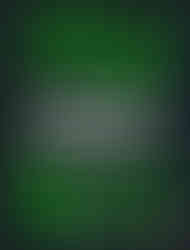







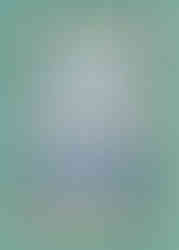


















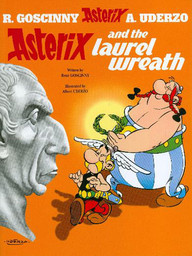















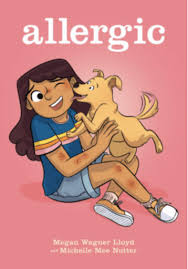
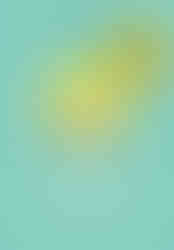


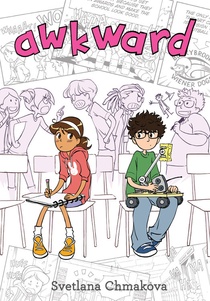











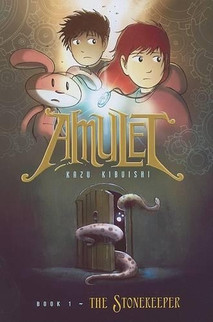


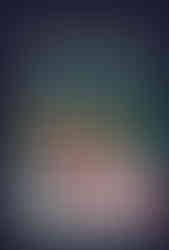


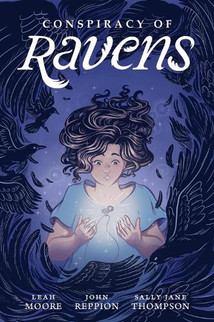
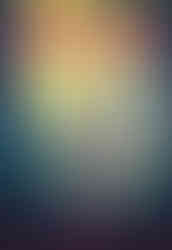












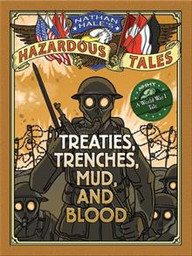







































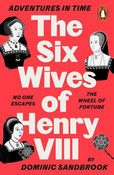












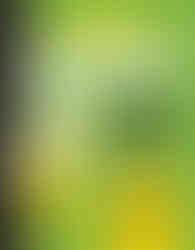









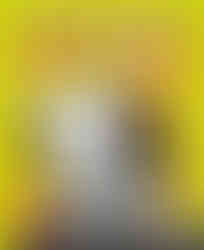











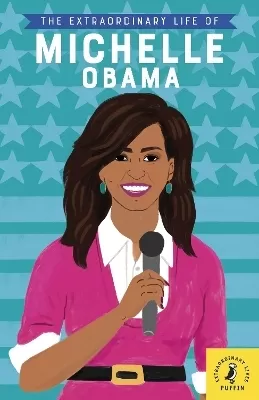
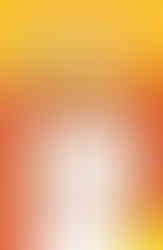
























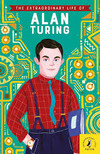




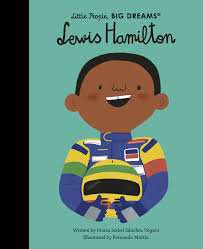


















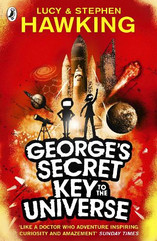
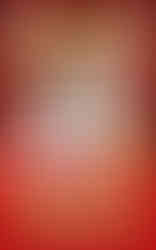


















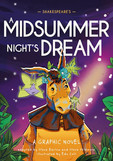




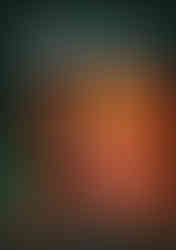


















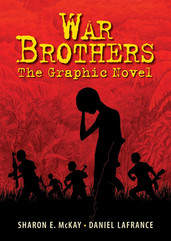

























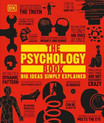

















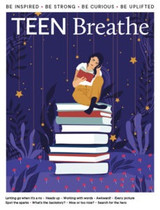





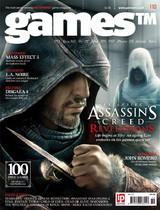




















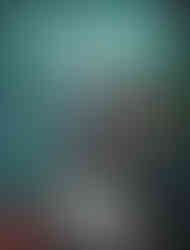



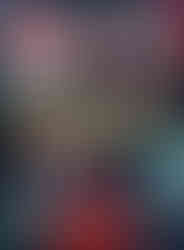





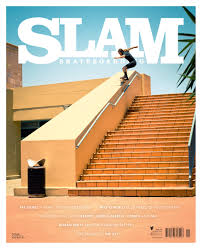




Comments